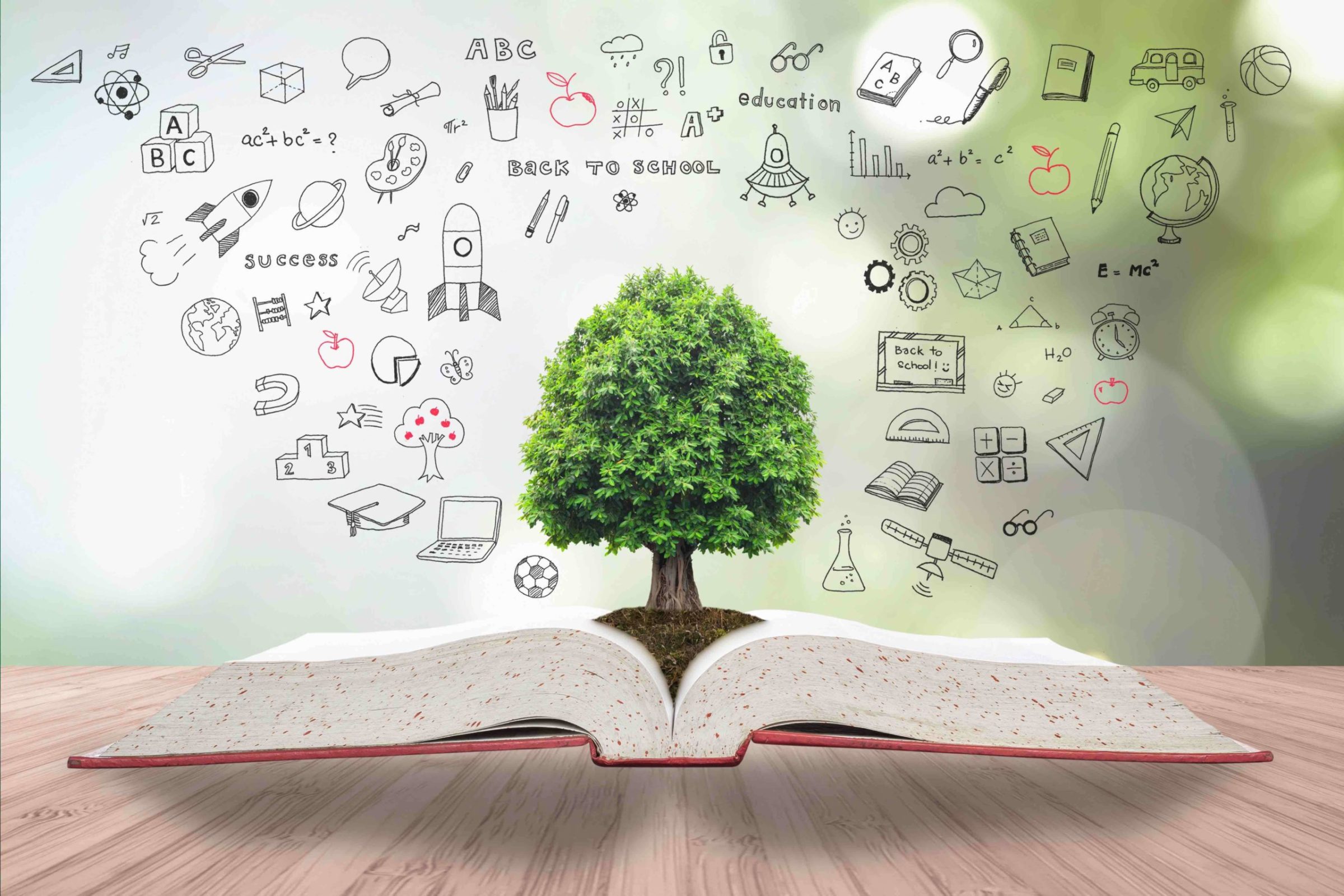The Vivid Landscape of Student Communities
In today’s interconnected globe, pupil areas play a crucial duty in shaping academic and individual experiences.

These areas are not just collections of people yet are dynamic environments that foster development, finding out, and partnership amongst students. They vary extensively in kind and feature, from campus-based groups to global on the internet forums, each offering one-of-a-kind opportunities for engagement and development.
Whether you are tipping onto a college university for the very first time or taking part in digital discovering environments, understanding the structure and benefits of pupil communities can significantly improve your instructional trip. This post looks into the significance of student areas, exploring just how they operate, the benefits they supply, and the ways in which they can be leveraged for individual and academic success.
Understanding Pupil Communities
Trainee communities are fundamental to the scholastic experience, functioning as both social and educational support group. At their core, these communities are teams formed normally by trainees who share typical passions, objectives, or disciplines. They can be casual, such as study groups, or formal, like pupil unions and clubs.
These communities are characterized by a common identity and the collective pursuit of knowledge, skills, and experiences. They serve as systems for trainees to attach, work together, and add to each other’s growth, extending beyond scholastic boundaries to affect personal growth and community interaction.

Fundamentally, pupil neighborhoods are microcosms of larger social structures, where management skills are refined, concepts are exchanged, and long-lasting friendships are created. The communications within these neighborhoods show a diverse mix of social, intellectual, and social dynamics.
- Networking Opportunities: Pupil neighborhoods offer a network of peers and coaches who can provide assistance and guidance.
- Ability Development: Participating in neighborhood tasks assists trainees develop vital skills such as communication, leadership, and teamwork.
- Source Gain access to: These communities typically provide accessibility to scholastic resources, consisting of research study products and skilled advice.
- Social Engagement: They offer a platform for social interaction, easing the shift right into new scholastic settings and assisting to combat seclusion.
With these numerous functions, student neighborhoods become indispensable to the holistic growth of students, laying a foundation for future specialist and personal success.
The Advantages of Engaging in Student Areas
The benefits of participating in student neighborhoods are multifaceted, impacting both academic and individual rounds.

On an academic level, these communities urge joint knowing, permitting students to take advantage of varied viewpoints and expertise. Sharing understanding and sources within an area can result in more reliable learning outcomes and boosted academic performance.
Moreover, pupil neighborhoods offer a platform for personal development and self-discovery. By engaging with peers from various histories and self-controls, trainees gain a more comprehensive worldview, enhancing their cultural skills and empathy. This exposure to varied perspectives is very useful in establishing vital thinking and analytic abilities.
Additionally, active involvement in area tasks can enhance pupils’ self-confidence and self-worth. Taking on leadership duties or joining conversations and events fosters a feeling of success and belonging, which is important for total wellness and inspiration.
Kinds Of Trainee Neighborhoods
Trainee areas been available in various forms, each satisfying various interests and goals. These can be extensively categorized into scholastic, social, leisure, and professional communities, to name a few. Each type provides one-of-a-kind platforms and possibilities for student involvement.
- Academic Communities: These are typically focused around certain fields or academic interests. Examples consist of study groups, honors societies, and departmental clubs.
- Cultural Neighborhoods: These groups focus on advertising cultural understanding and diversity, usually organizing occasions and activities to commemorate different customs.
- Recreational Neighborhoods: These include sporting activities teams, entertainment clubs, and hobby-based groups that offer a break from academic rigors and promote physical and mental wellness.
- Expert Areas: These are aimed at occupation advancement, offering networking possibilities, workshops, and mentorship programs to prepare trainees for the professional globe.
By determining and engaging with the appropriate neighborhoods, students can customize their college experiences to align with their passions and occupation aspirations, leading the way for a meeting qammunity for students academic journey.
Building a Flourishing Student Community
Creating and keeping a flourishing student neighborhood requires effort and cooperation from both students and schools. It starts with promoting a comprehensive environment where all pupils really feel welcomed and valued regardless of their histories.
Establishments can sustain this by giving resources and facilities that urge communication and involvement. This consists of developing physical spaces like student unions and on-line systems that help with interaction and cooperation. Additionally, organizing events, workshops, and seminars can further boost engagement, offering pupils with possibilities to connect and pick up from each other.
Management and Student Involvement
Reliable leadership is essential in nurturing an effective student community. Management functions within these communities offer students an opportunity to develop and show their business and interpersonal skills. Pupils that think these roles add significantly to establishing the tone and instructions of their neighborhoods, affecting their peers favorably.
Urging management and active participation amongst students not just strengthens the area yet also empowers people, preparing them for future obstacles. By fostering a society of collaboration and support, pupil areas can flourish, leaving an enduring influence on their participants and the academic environment all at once.




